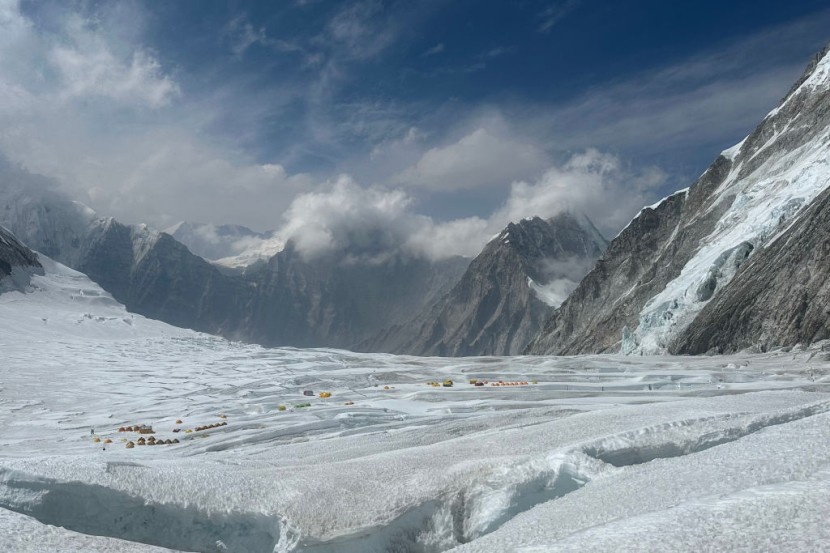
Tour groups are offering expeditions catering to "plus-sized" climbers to scale Mount Everest, the highest mountain on Earth at more than 29,000 feet.
Katie McCay, an avid hiker, said she heard about a group catering to plus-sized and slower hikers for a climb in March and jumped aboard, hoping to realize a lifelong dream.
"I have been obsessed with Everest ever since I was a kid," McCay told Newsweek.
More and more hikers — from novice to expert — have been traveling to Mount Everest in the Himalayas to view the majesty of the one of the world's most remarkable wonders, and to be challenged by the grueling climb to the summit, first reached by Edmund Hillary and Tenzing Norgay in 1953.
But the popularity of Everest has also created long lines, heaps of trash at the base camp and exacerbated the dangers of the trek.
Already this year, more than 600 climbers have reached the 29,032 foot summit, Newsweek reported.
The outlet, citing data from Statista, said about 414 climbers on average have reached the summit each year over the last decade, and about 400,000 people make it to the base camp each year at 17,000 feet.
Experts say the physical demands are not as taxing as they were in Hillary's day, one of the factors leading to the booming growth.
"I think the popularity is there no matter which season and as the logistics of operating a trip on Everest get more and more streamlined, it has made things more efficient and frankly easier to attempt than say even a decade ago," Ryan Waters, the owner of Mountain Professionals, told Newsweek.
Everest still is a dangerous place, however.
Eight climbers have already died this year, and three are missing.
McCay said some hikers have come to the realization that the climb to the base camp is enough of a journey.
"You don't have to summit Mount Everest," she said. "Just being able to see Everest was such a thrilling experience."
Gordon Janow, the director of programs at Alpine Ascents, told Newsweek that the popularity of Everest is encouraging others to take on the challenge.
He likened it to somebody who begins running as a hobby, moves on to a 5K race and then enters a marathon.
"It happens pretty naturally," Janow said.
McCay said she trained as "much as she could," hiking the Appalachian Mountains in Virginia, running a 5K and exercising on a stair stepper.
"That was the majority of my routine," she said. "Honestly the trail was not what I expected. It was hard but it was doable."
McCay said she plans on returning next year and will help organize a climb for plus-sized people on social media.
"It's really about being comfortable with the uncomfortable," McCay said. "Everyone that I met along the journey, all of the locals, have been incredible ... I'm excited to go back."









